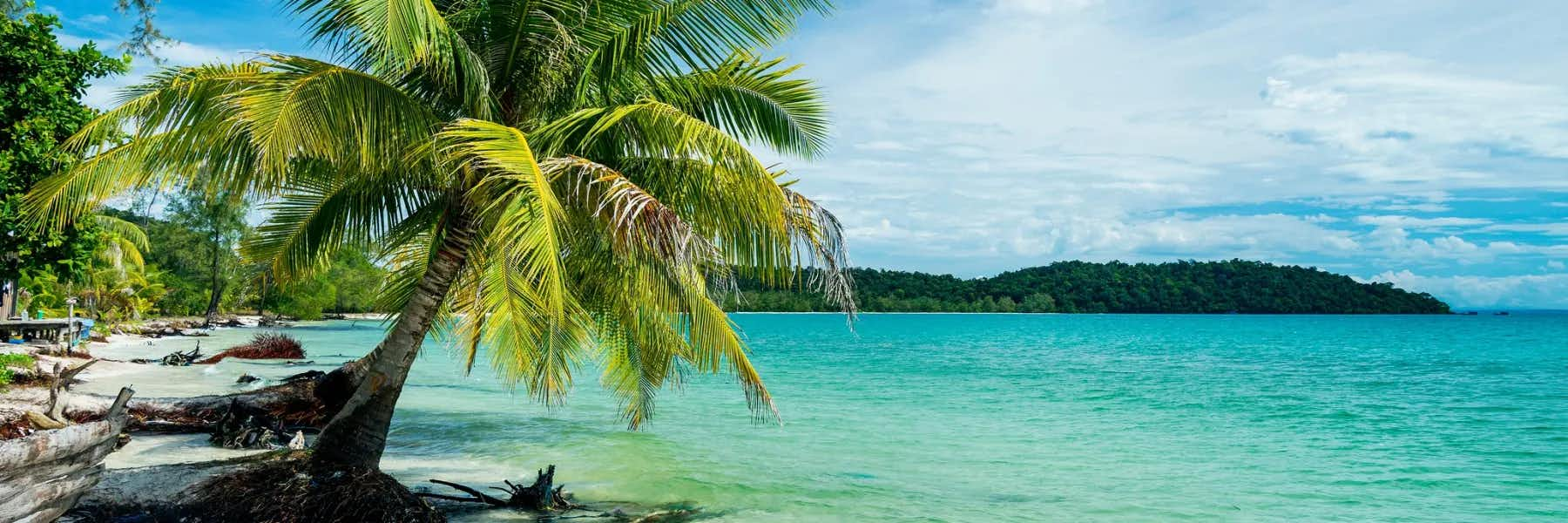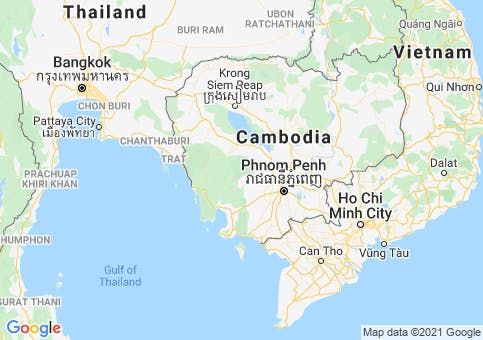If you are not a fan of the cold then Cambodia is the tropical paradise for you. Icy winters simply do not exist in the Kingdom of Wonder and for most expats who have moved here, that's one of the reasons they like it so much.
Located just north of the equator, Cambodia has a climate ranging from warm to hot throughout the year.
Expats in Cambodia like to joke that there are really only two seasons; either “hot and dry” or “hot and wet.” But technically there are three seasons, and each has their own unique merits.
Cool Season—November to February
This is essentially the Cambodian version of winter and is really the nicest time of the year, due to the relatively low temperatures and dry weather. It's not actually that cool but you do notice the drop in temperature to the mid-70s F in the daytime and as low as 34 F during the night. This is a pleasant time to be in Cambodia, as breezes throughout the day keep everything cool.
It is worth visiting in this period just to see the local population’s reaction to the weather, which includes wearing jackets, gloves, and wooly hats to keep warm. While Western tourists happily walk around in shorts and t-shirts in what would pass for a nice summer’s day back home, Cambodians are bundled up as if they are about to go skiing.
Hot Season—March to May
Hot season in Cambodia is called that for a reason. Temperatures generally range around the 100 F mark, peaking at about 104 F. There is hardly any breeze and there is little—if any—rain to cool things down. This weather is regularly described as being “oppressively hot.”
While many tourists prefer to avoid visits during this season it’s still not a bad time to take a beach holiday in Sihanoukville or Kep in Southern Cambodia. The sea breeze tends to bring the heat down by a few notches and it gives you an incentive to spend more time in the ocean or swimming pool.
Rainy Season—June to October
By the beginning of June most folks are eagerly looking forward to the first rains of the regional monsoon season. The temperature remains hot but the rain really helps to cool things down. Rainfall tends to arrive during the mid- to late afternoon, and continues for upwards of an hour.
The rains are a sign of renewal for Cambodia, with the country's fertile rice fields, forests, lakes, and rivers all combining to complement each other's natural beauty. It can be a great time to visit, especially to see the temples which are at their most spectacular with the lush foliage and freshly filled moats offering perhaps the best photo opportunities of the year.
Since the rains tend to come around the same time every afternoon it is easy to plan your trip around them, so there is no need to be put off from visiting at this time of year. It is fair to note though that downpours can be heavy, leading to temporary flooding in the streets. These tend to subside within an hour or two, so if you get caught out, just find a coffee shop or restaurant to relax in rather than get yourself soaked. After all this is Cambodia, where nobody is in any great rush, so kick back and enjoy a little break.
When is the best time to visit Cambodia?
High season for tourists runs from November up to May. The main reason for this is that people think the monsoon makes it impossible to enjoy a holiday in Cambodia. That simply is not true.
The rains are easy to plan around, the country literally blooms with nature at this time of year, and there are fewer people around so visits to the temples like Angkor Wat are far less crowded. Prices at bars and restaurants are often more competitive and it is the best time to capture the beauty of Cambodia in a photo. It should be advised that beach trips can be fun during the rainy season as well but you should be cautious about swimming in the ocean due to the stronger currents. If you stick to the hotel pool you can still have just as much fun.







